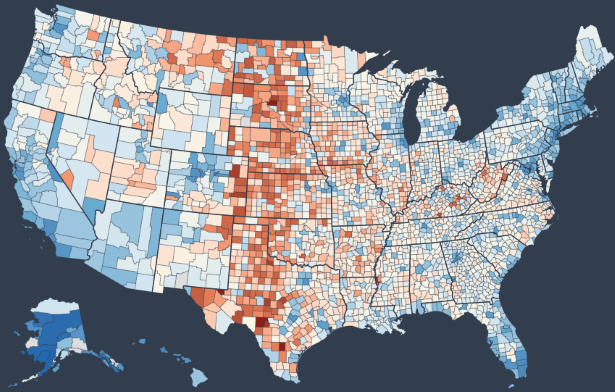Earlier this year, Pacific Broadband and Digital Equity (PBDE) supplied comprehensive technical assistance for comprehensive FCC Broadband Map challenges filed by each of Guam, American Samoa, and the Commonwealth of the Northern Mariana Islands. As the challenges continue to be evaluated by the Federal Communications Commission (FCC) and addressed by the Internet Service Providers (ISP) in each territory, Pacificbroadband.org is maintaining regular communications with the Commission and advising the territories on next steps.
The FCC’s National Broadband Map launch in November 2022 was accompanied by significant fanfare–as well as significant criticism in some quarters that it was not complete or accurate. Major publications have chronicled these issues, some of which have been raised by members of the United States House and Senate. Still, the mapping data has been far worse for the Pacific territories than for any other states or regions in the United States. As PBDE Founder Peter Dresslar communicated to the FCC in December 2022, the territories were missing between 33 percent to 75 percent of their real Broadband Serviceable Locations in the first iteration of the maps.
The reason for the strong local and national reactions to the quality of the National Broadband Map is the connection between the data there and the allocation of billions of dollars of federal funding for internet through the National Telecommunications and Information Agency’s (NTIA) Broadband, Equity, Access and Deployment (BEAD) program. As instructed by Congress through the Broadband Infrastructure Law (BIL) that established BEAD, the NTIA is required to actually use the National Broadband Map data to determine the proportional allocation of funding to all states and territories for the $42.5 billion in available investment. States or territories that display more need at more locations on the maps will receive correspondingly more funding. As a result, the thousands of missing locations on the territorial maps could translate to a major impact.
PBDE has worked with the territories to identify ways they could potentially address the maps and provide a far more accurate picture of the true nature of broadband in the region. For those familiar with the area, it will come as no surprise that availability and affordability of internet service in the region is quite poor–especially when compared with most areas in the continental United States.
The FCC supplied a complex bulk challenge mechanism for state and territorial governments to challenge the data points in their jurisdictions. Pacificbroadband.org helped each broadband team assemble, format, and file the challenge data required by this system, and is continuing to work with the offices in the region to prepare for follow-on challenges, such as those anticipated for the FCC’s Version 2 dataset anticipated this spring. We anticipate that this work and the associated coordination and advocacy will continue at least past the allocations deadline later this summer.

